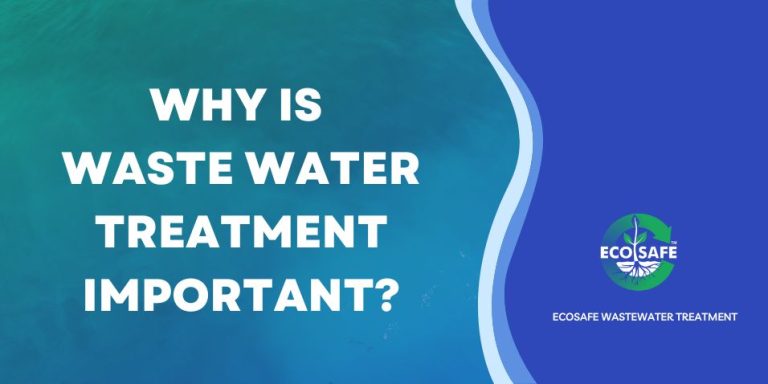About Reclaim Waste
About Reclaim Waste
Blog Article
Reclaim Waste - Truths
Table of ContentsNot known Facts About Reclaim WasteReclaim Waste Fundamentals Explained5 Easy Facts About Reclaim Waste ExplainedThe Basic Principles Of Reclaim Waste Reclaim Waste Fundamentals Explained
Residential sewage waste refers to the waste and products from a household septic storage tank. The proper management and disposal of domestic sewage waste call for liquid waste to be moved to a sewer treatment plant where the proper methods and devices are used to purify and dispose of waste.
Business waste often includes possible hazards, such as flammable products or a mix of fluid and solid waste items, and calls for an advanced and detailed disposal procedure. The disposal of industrial waste usually involves the filtration of waste prior to transportation to make certain safe and proper disposal. Hazardous waste is produced from results and overflow of industrial procedures and production.
This kind of waste can not use the very same sewer administration transport or procedures as septic or commercial liquids. The hazardous waste monitoring procedure calls for the examination and screening of liquid waste before it undergoes the disposal process (liquid waste removal). Overflow waste is the fluid waste that comes from overflow and excess stormwater in very inhabited areas or cities
Overflow waste can trigger contamination and flooding otherwise dealt with properly. Discover more regarding sewer cleansing and waste monitoring. Making certain correct waste administration can avoid calamities and reduce ecological damage. Both people in residential settings and specialists in commercial or production sectors can profit from recognizing the processes and regulations of liquid waste management.
Some Known Incorrect Statements About Reclaim Waste
Get in touch with PROS Solutions today to discover our waste monitoring and disposal services and the correct methods to care for the liquid waste you create.
(https://www.mixcloud.com/reclaimwaste1/)This so-called 'wastewater' is not just a crucial source however, after therapy, will be launched to our land, waterways or the sea. Made use of water from bathrooms, showers, bathrooms, cooking area sinks, laundries and industrial processes is understood as wastewater.

water made use of to cool machinery or clean plant and equipment). Stormwater, a kind of wastewater, is drainage that moves from farming and metropolitan locations such as roofs, parks, gardens, roads, paths and gutters right into stormwater drains pipes, after rainfall. Stormwater streams untreated straight to local creeks or rivers, eventually reaching the sea.
The Facts About Reclaim Waste Revealed
In Queensland, the majority of wastewater is treated at sewer treatment plants. Wastewater is transported from residential or commercial sites through a system of sewers and pump stations, recognized as sewerage reticulation, to a sewer therapy plant.
The Department of Natural Resources advises regional federal governments concerning managing, operating and keeping sewerage systems and therapy plants. In unsewered locations, city governments may call for owners to mount private or household sewage treatment systems to treat residential wastewater from bathrooms, cooking areas, restrooms and washings. The Division of Natural Resources authorizes using house systems when they are proven to be efficient.
In some new subdivisions, therapy of some stormwater to get rid of litter, sand and crushed rock has started using gross pollutant traps. Wastewater therapy occurs in 4 phases: Removes strong issue.
Uses small living organisms understands as micro-organisms to break down and get rid of continuing to be liquified wastes and great particles. Micro-organisms and wastes are integrated in the sludge.
4 Simple Techniques For Reclaim Waste
Nutrient removal is not available at all sewage therapy plants due to the fact that it needs expensive specialist tools. Clear liquid effluent generated after treatment might still have disease-causing micro-organisms - industrial wastewater treatment.

The majority of wastewater flows right into the sewage system. Under the Act, regional federal governments carry out approvals and permits for environmentally pertinent activities (ERAs) including wastewater releases that might have a regional impact.
Fascination About Reclaim Waste
Or else, examples are considered lab evaluation. Usually many tests are required to establish the degrees of each of the various contaminants such as oils, hefty steels and pesticides in water. Monitoring provides factual information regarding water top quality and can validate that licence problems are being met. The information acquired via tracking offers the basis for making anchor water quality decisions.
Report this page